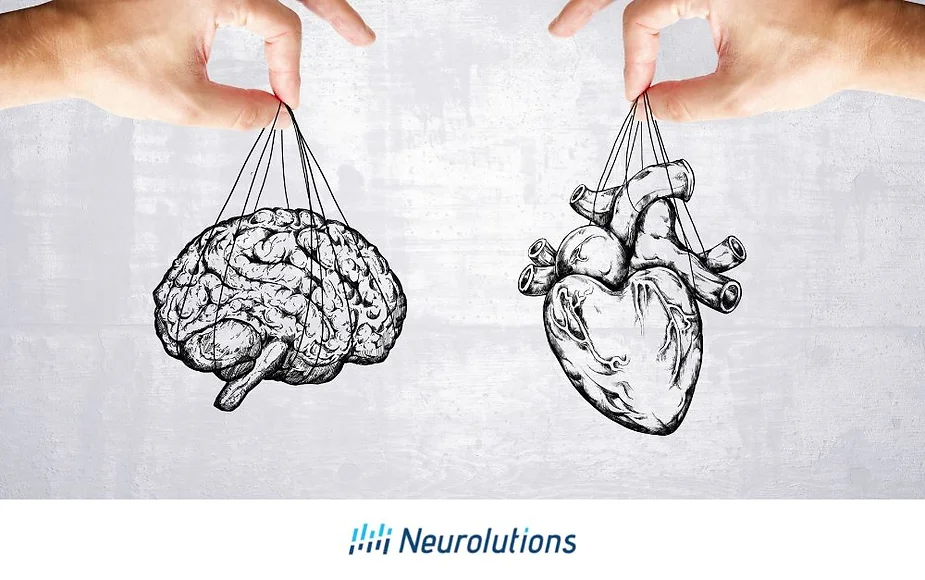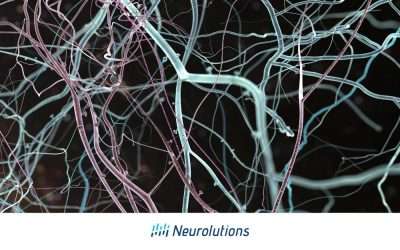What is the Difference Between a Stroke and a Heart Attack?
By definition, a stroke, otherwise known as a cerebrovascular accident (CVA) is defined by the world health organization as “acute neurologic dysfunction of vascular origin with symptoms and signs corresponds to the involvement of focal areas in the brain” caused by a lesion in the brain of either hemorrhagic or ischemic nature. A stroke can result in paralysis or weakness of one side of the body, face, vision, language, or thinking skills.
By definition, a heart attack, or a myocardial infarction, is a blockage in one or more of the coronary arteries, starving oxygen supply to the heart, and leading to the death of the heart muscle.
Both are life-threatening emergencies with potentially serious post-complications and need to be treated immediately. At times it can be difficult to distinguish the signs and symptoms of a stroke from a heart attack. This article is intended to educate on the difference between stroke and heart attack but also outline the ways in which both are similar and what you can do to help in the prevention of both.
What are the Shared Common Symptoms of Strokes and Heart Attacks?
Although signs and symptoms of a stroke can be similar, it is important to distinguish similarities and differences. Please see below:
|
Signs of a stroke (F-A-S-T) |
Signs of a heart attack |
|
F: Facial drooping |
Chest pain, squeezing, tightness |
|
A: arms, when trying to raise both, is one weaker than the other or has tingling |
Shortness of breath (SOB) |
|
S: slurred or incoherent speech |
Pain: jaw, arm, neck or back |
|
T: Time, seek medical attention immediately |
Cold sweat |
|
Changes in vision |
Indigestion |
|
Confusion or altered mental status |
|
Signs of both a Stroke and Heart Attack
- Dizziness or lightheadedness
- Nausea, vomiting
- General feelings of malaise or not feeling well
- Pain or discomfort in the arm
Gender-Specific Symptom Similarities and Differences
It is important to note that women and men experience different symptoms related to heart attack but not stroke. When occurring in men, heart attacks tend to be more typical of chest pain and women may have less traditional signs or symptoms, such as jaw and neck pain, nausea, and vomiting.
Stroke signs and symptoms are the same for both men and women pending areas of the brain which have been affected. If you are experiencing any of these symptoms call 9-1-1 immediately or head to the nearest emergency room. It is always better to err on the side of caution even if you feel like the symptoms you are having are not extreme enough to be a stroke or a heart attack but fit this profile.
What Are Some Risk Factors for Having a Stroke or Heart Attack?
There are some overlaps between risk factors for both stroke and heart attack as both can be related to dislodging plaque in the arteries. Risk factors for both stroke and heart attack are the following:
- Use of tobacco (smoking cigarettes can cause damage to the blood vessels)
- High blood pressure (i.e. hypertension)
- High cholesterol
- Diabetes
- Obesity or poor nutrition
- Sedentary lifestyle
- Use of illegal drugs
- Excessive alcohol use
How to Prevent Strokes & Heart Attacks with Lifestyle Changes
Stroke and heart disease prevention go hand in hand. It is easier said than done, but making small lifestyle changes on a weekly or daily basis can make a big difference over time. Modifications each of us can do to head a more heart and brain-healthy life include the following:
- Choosing healthy meals low in fat, trans fats, and saturated fats. This means having a diet that is high in vegetables, fruits and fiber can be very beneficial to help lower cholesterol.
- Limiting salt intake is also very helpful in lowering blood pressure and limiting sugar intake can help prevent diabetes which are both risk factors for stroke and heart attack.
- Limiting alcohol intake can help control blood pressure.
- Maintaining a healthy overall weight lowers the risk of obesity which in turn lowers the risk of heart disease by lowering stress on the heart and blood vessels.
- Getting regular exercise can help regulate blood pressure, blood sugar levels, and cholesterol levels and help maintain a healthy weight.
- Terminate tobacco/cigarette use if currently smoking to help improve all aspects of health.
- Take medications as directed for blood pressure, cholesterol, and diabetes if this is present in your life.
- And last by not least, know your numbers! Knowing your A1C (diabetes), HDL/LDL (cholesterols) and BP (blood pressure) numbers can help educate yourself on risk factors for a stroke and will allow you to have an honest conversation about treatment for stroke and heart disease prevention before one occurs.
Taking Steps to Reduce Your Risk & Empowering Yourself with Knowledge on Strokes & Heart Attacks Is Key to Keeping Healthy
If you have not had a physical checkup in the past year, call your primary care physician to schedule one, including blood work. If you have a neurologist or cardiologist already, make sure to see them at least once a year especially if you or a family member have a history of heart disease. If there are any concerns about heart disease, beginning lifestyle changes or medication can be imperative to the prevention of a stroke or heart disease. February is National Heart Month and is a great reminder to take care of yourself and remind our loved ones to do the same. The more you know the better.
References:
- https://www.cdc.gov/heartdisease/prevention.htm
- https://www.heart.org/en/about-us/heart-attack-and-stroke-symptoms
- Pendleton and Schulta-Krohn (2006) Pedretti’s Occupational Therapy Practice For Physical Dysfunction: 6th Edition. New York, Elisver.




